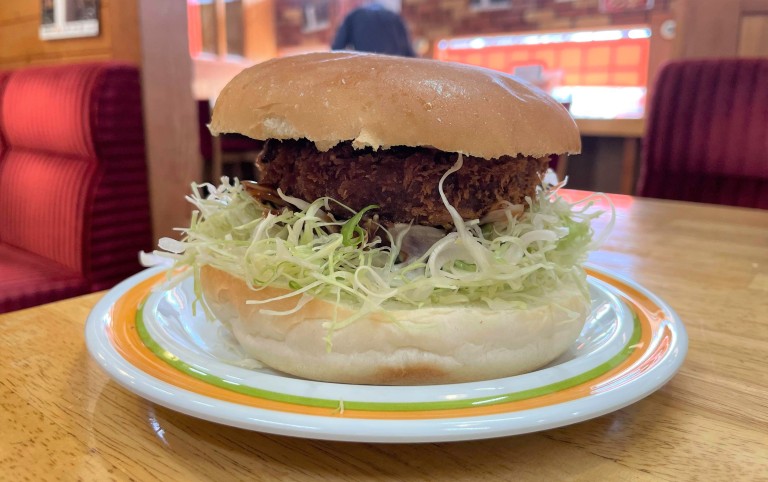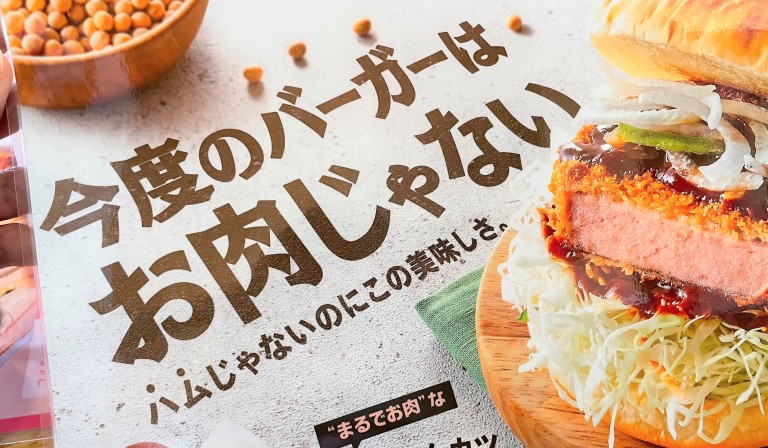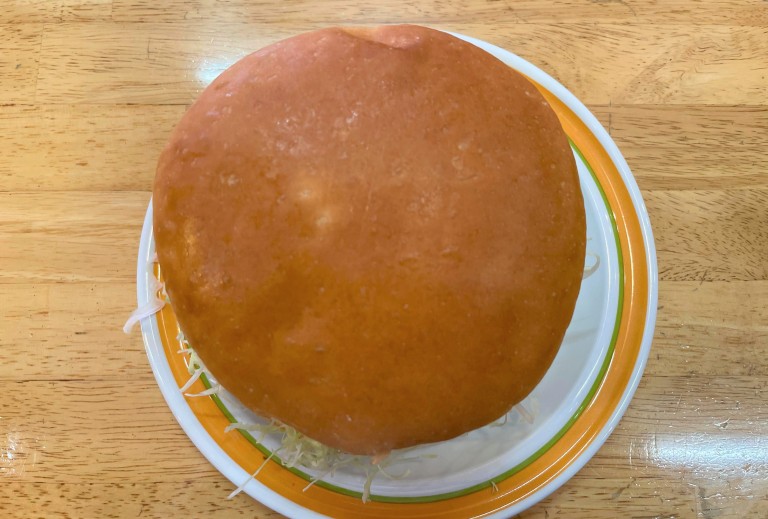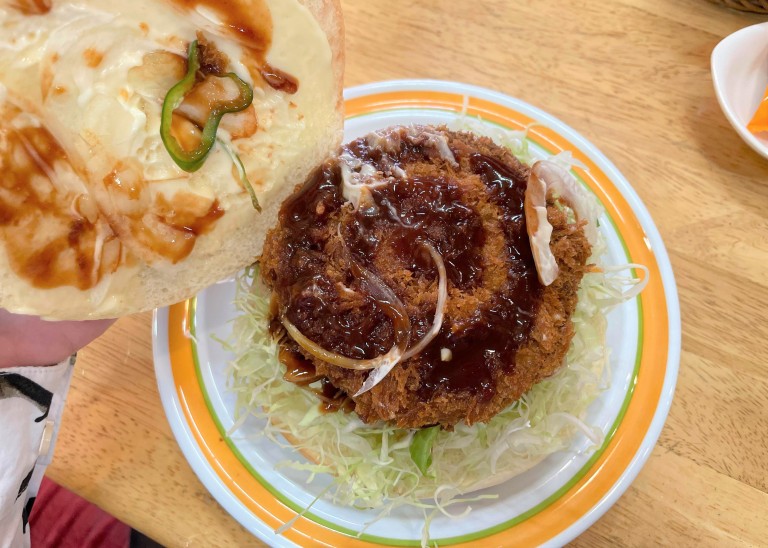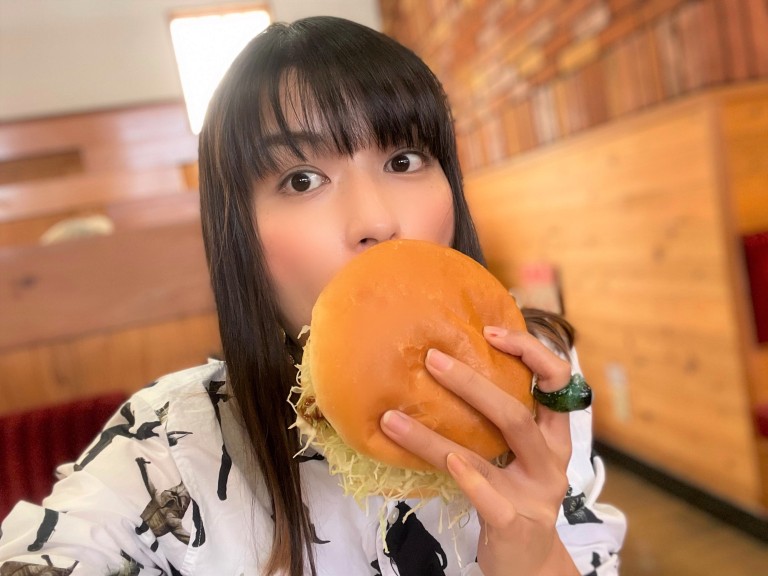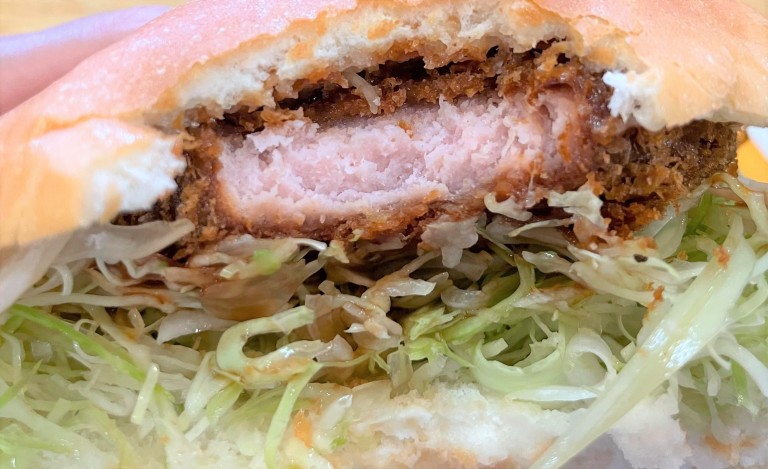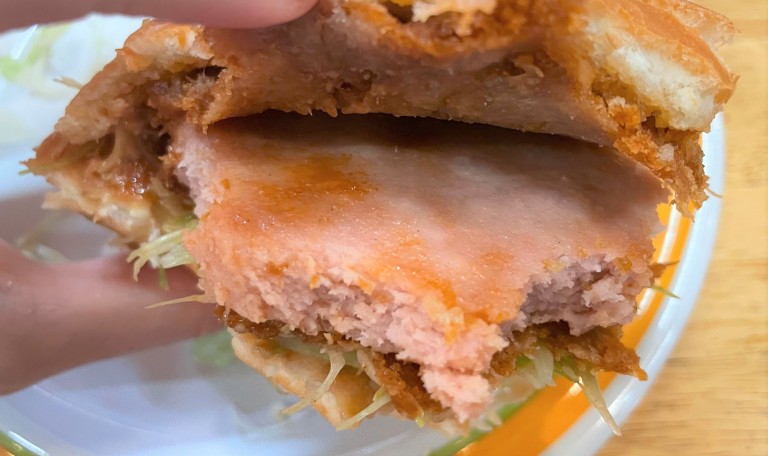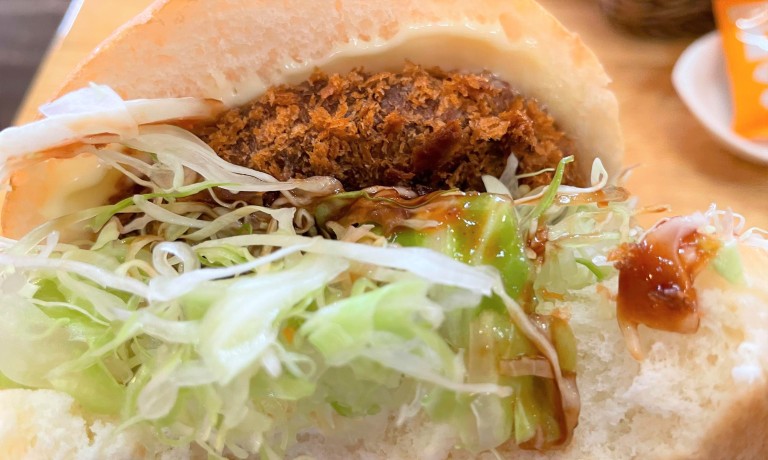
Free-walk VR game gives you your choice of Monster Hunter weapons to swing as you track and fight Velkhana.
Though the original concept behnd Universal Studios Japan was to be a place where guests can enjoy movie magic, the Osaka theme park has also become one of the country’s coolest destination for video game fans.
Last spring saw the grand opening of the park’s Super Nintendo World expansion, and last month we found out it’s going to be growing even bigger to welcome another Nintendo star. Then at the start of October came word of a separate partnership between USJ and the Pokémon Company.
Universal Studios isn’t in any mood to ease up on the gamer-oriented accelerator, either, as they’ve just announced their newest project: a team-up with Capcom’s smash hit Monster Hunter franchise. It’s a VR attraction, but instead of being a headset-supporting roller coaster or theater show, USJ is giving fans what they really want: the ability to grab weapons and hunt some monsters!
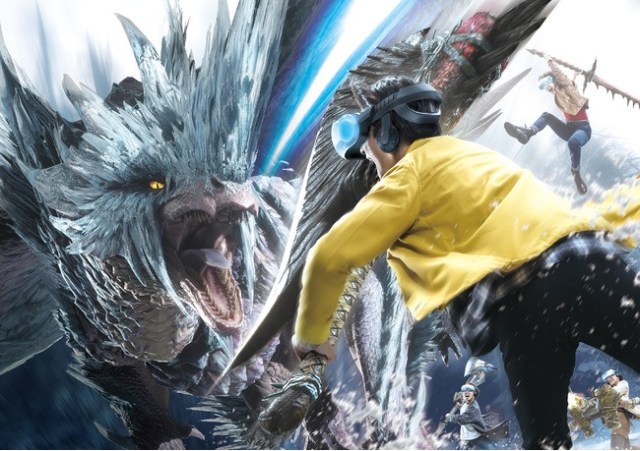
Monster Hunter World: Iceborne XR Walk is the first attraction for USJ’s new XR Walk, a free-walking virtual reality system and venue (i.e. you’re actually walking around it, not sitting in a chair and pressing a “walk” button).
Together with up to three other players in your party, you’re cast as recent arrivals as the game’s Seliana base. After another hunter comes back to the guild after suffering heavy injuries, your team heads out to rescue his comrades who are still out there in the Hoarfrost Reach, traversing snowfields and caves as you gather items, search for tracks, and try to find the survivors.
Naturally, you’ll be armed, and you get your choice from among a selection of iconic Monster Hunter weaponry such as a great sword, long sword, hammer, switch axe, or heavy bowgun, which respond with a feeling of impact when they strike their targets. Gusts of wind are another promised physical element… or maybe the blasts of air are from a monster’s roar. Of course, you won’t find the hunters you’re looking for without encountering some hostile wildlife too, and USJ promises a climactic showdown with the elder dragon Velkhana.
▼ Velkhana
イヴェルカーナまじでかっけぇし美人だよな pic.twitter.com/EtqcTh4BIT
— Code:あさひ (@melt_Asahi) October 26, 2021
One possible concern for preexisting Monster Hunter fans is that an attraction like this, in trying to appeal to a broad audience of theme park visitors, might not provide as much challenge as the games themselves do. However, Monster Hunter World: Iceborne XR Walk also has a scoring system, so it’s not just a question of whether or not you can complete the quest, but how well you can complete it, which should make for an exciting challenge regardless of individual skill level.
Monster Hunter World: Iceborne XR Walk will have its preliminary opening on January 21 ahead of a full launch in March, and will be in service until August 28.
Source: PR Times (1, 2) via Otakomu
Featured image: PR Times
Top, insert image: PR Times
● Want to hear about SoraNews24’s latest articles as soon as they’re published? Follow us on Facebook and Twitter!


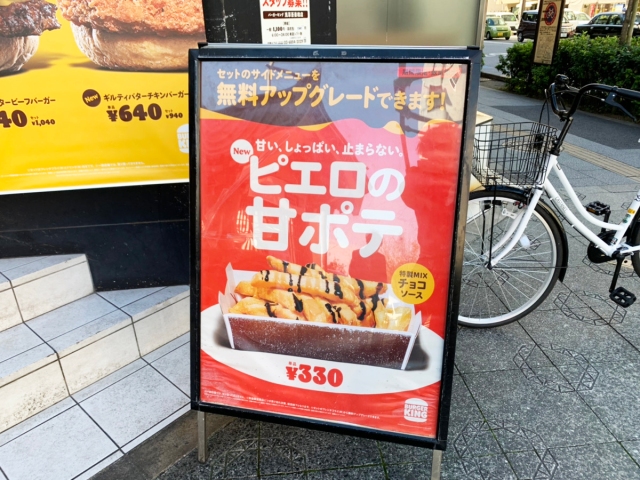
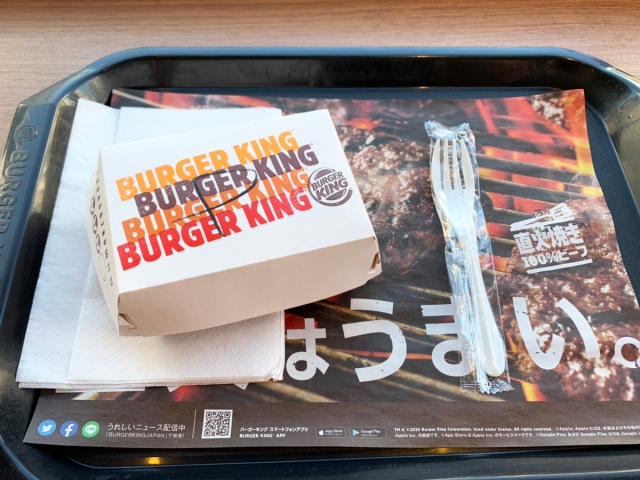


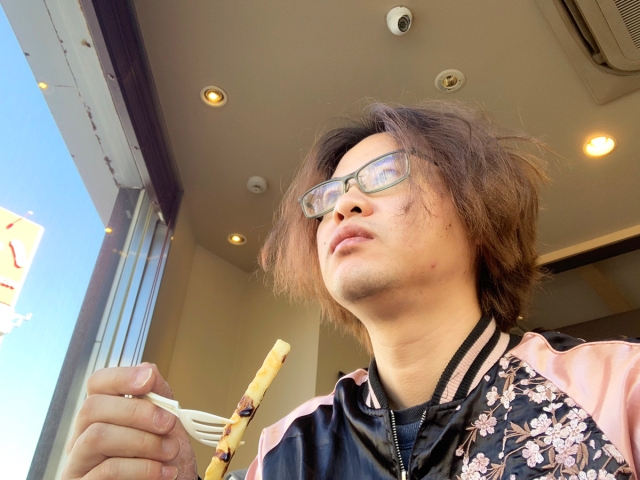

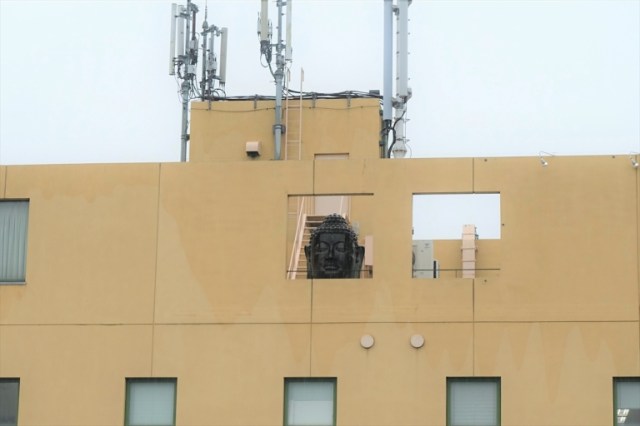



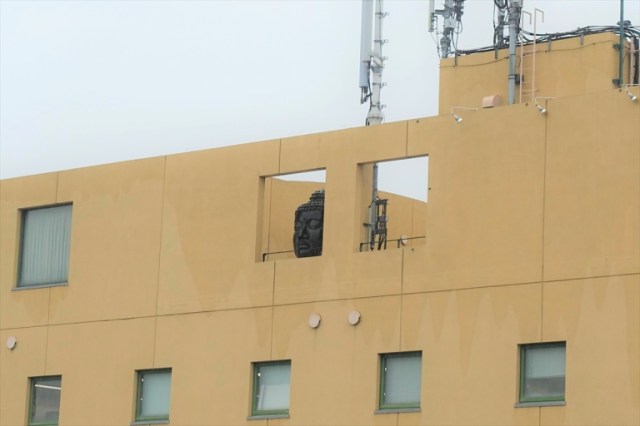
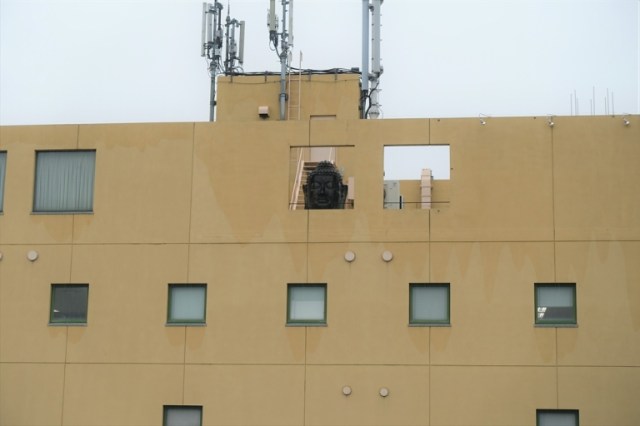
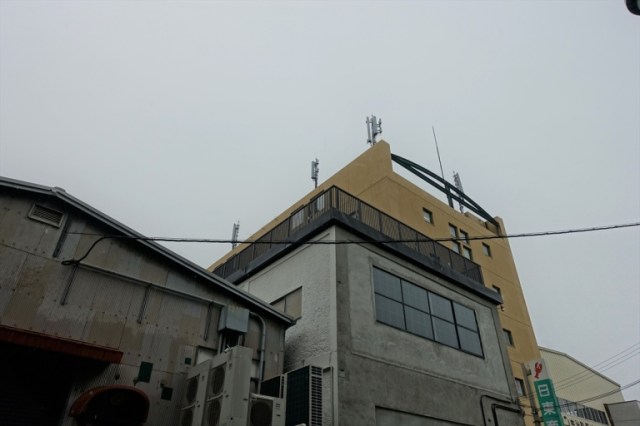
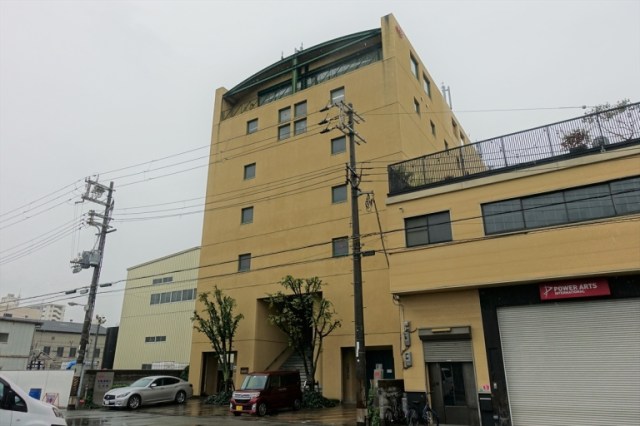

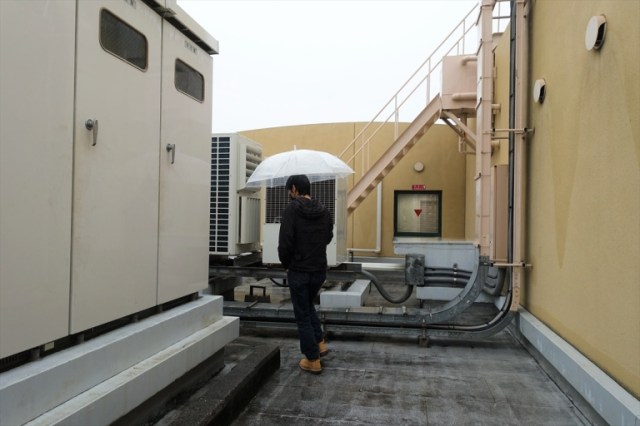
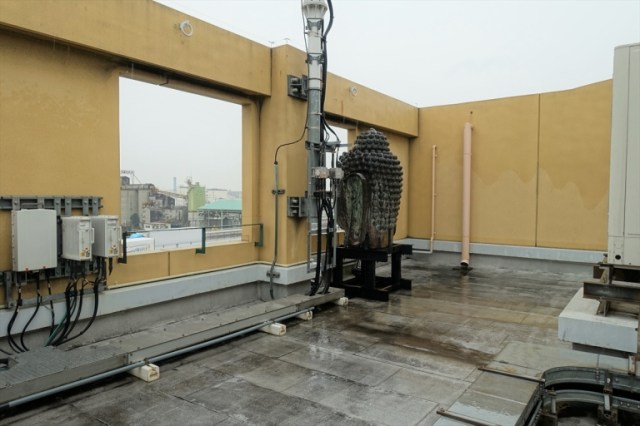
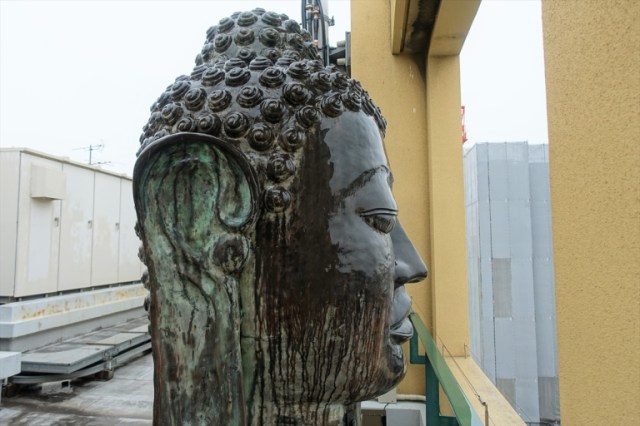
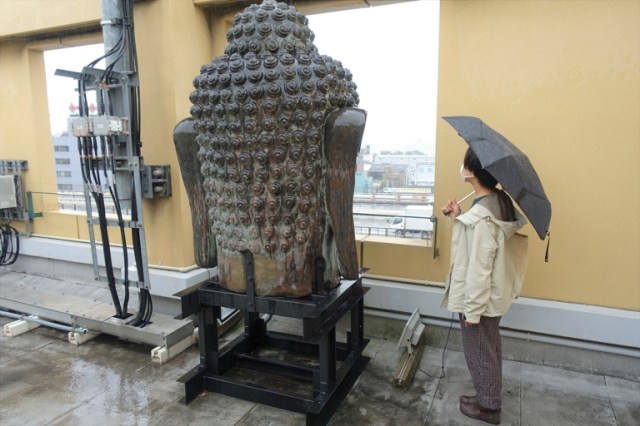
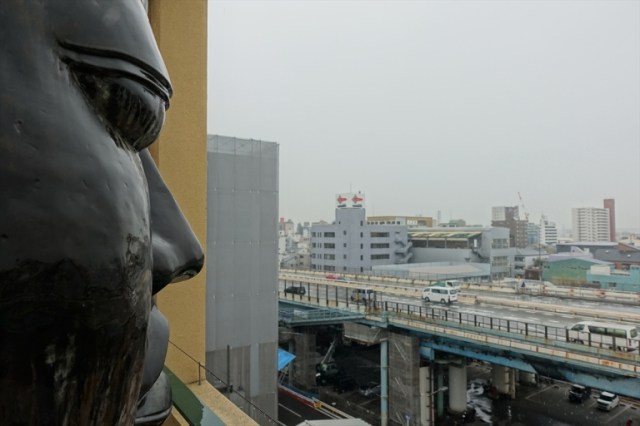

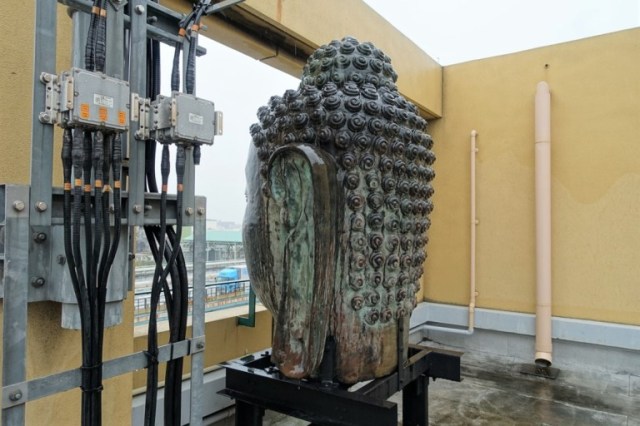

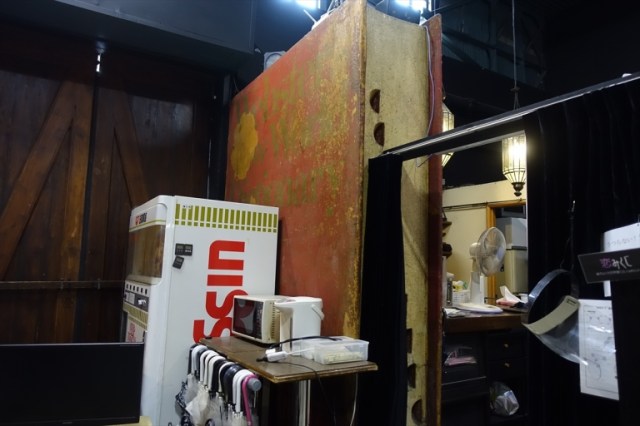
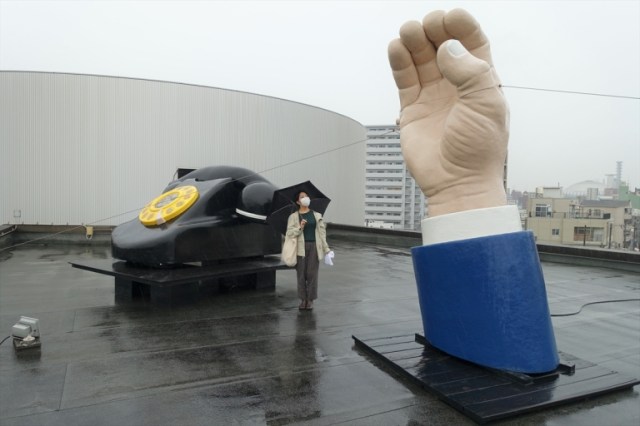
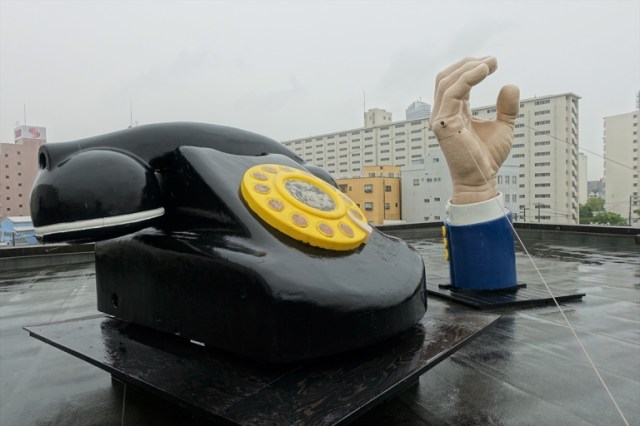
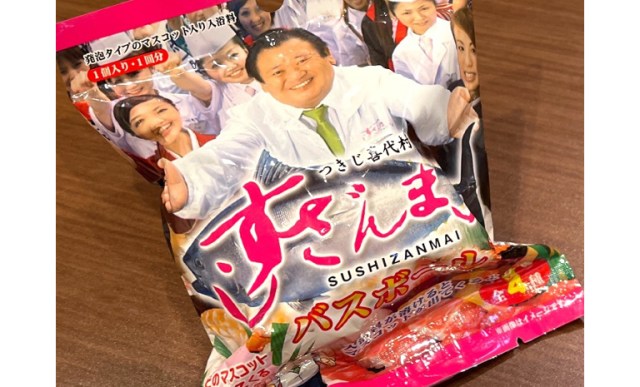
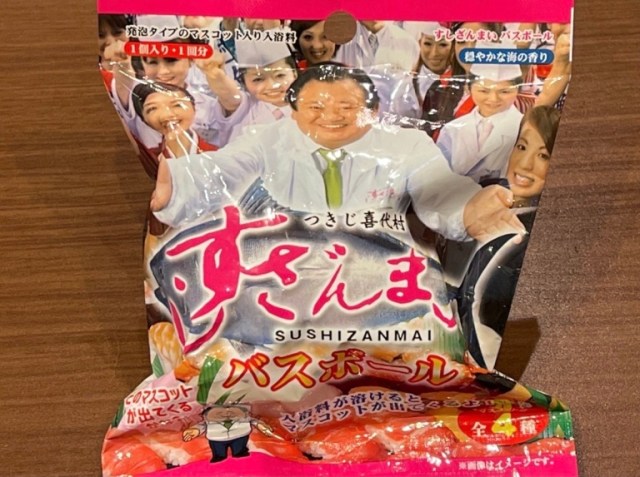
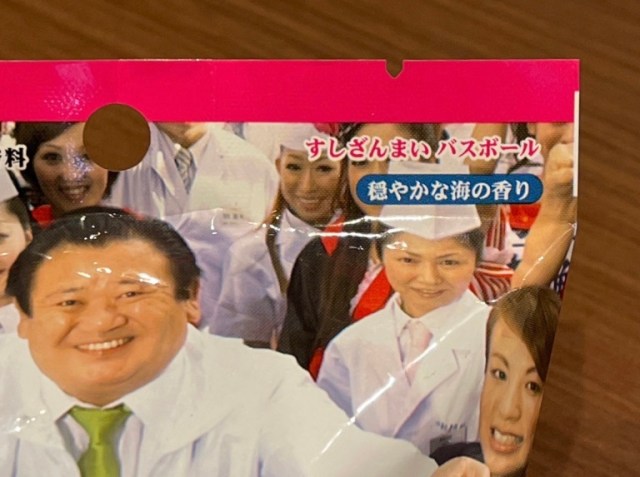
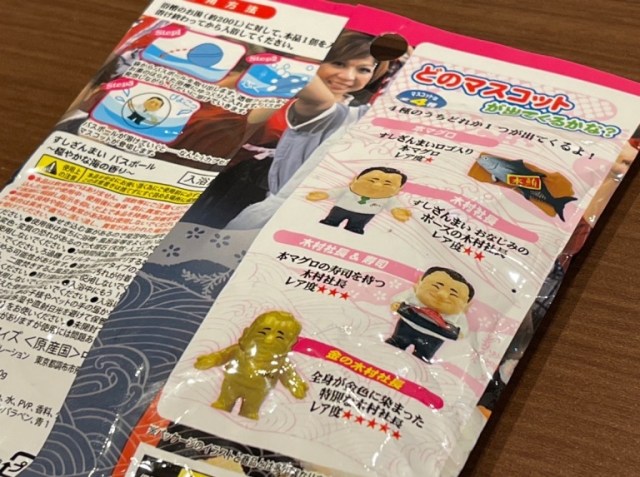






 (@2021_sapporo)
(@2021_sapporo) 
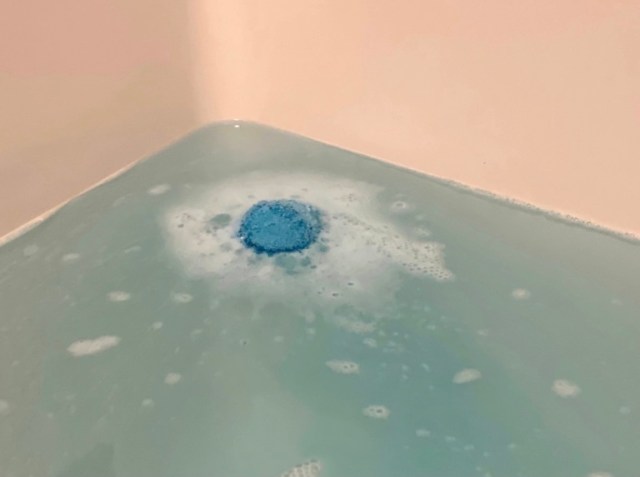
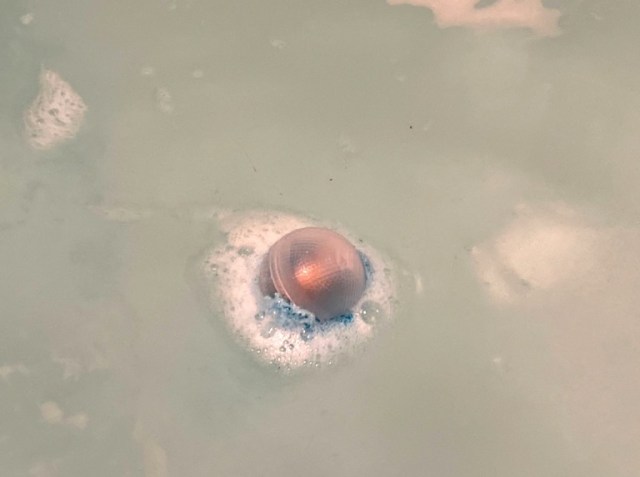
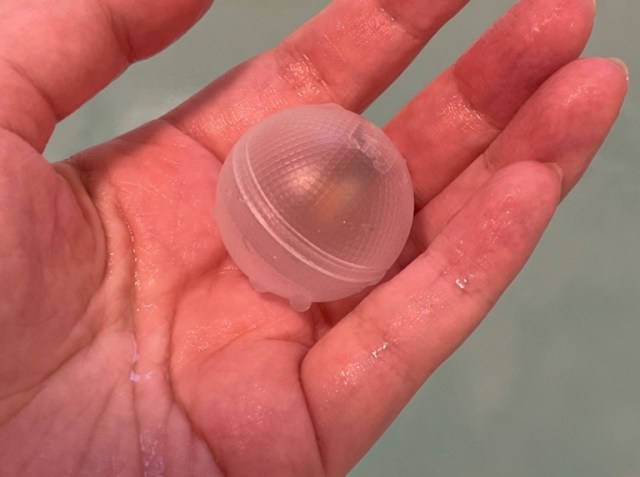
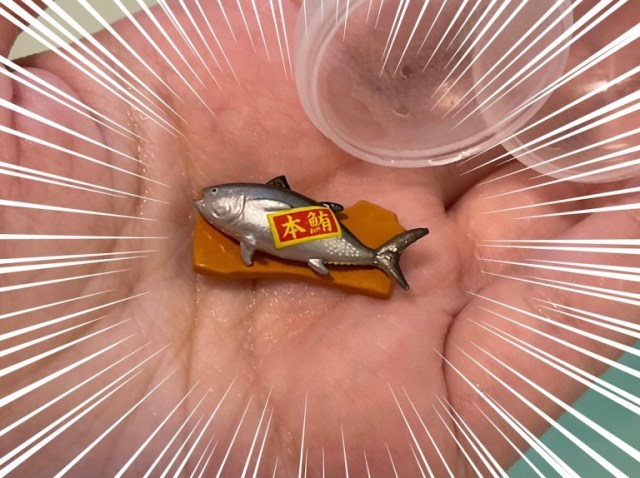
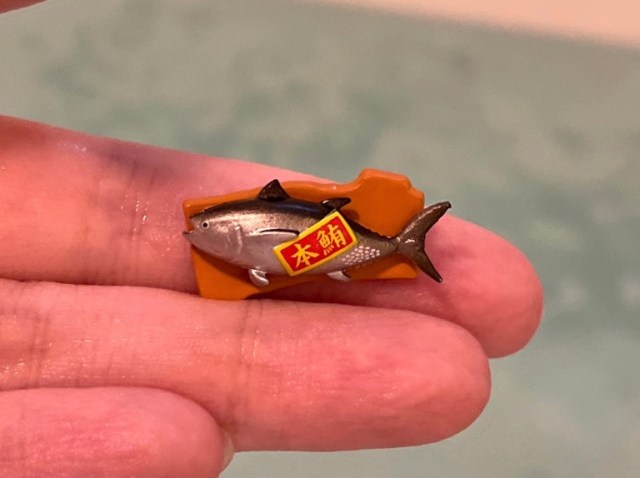
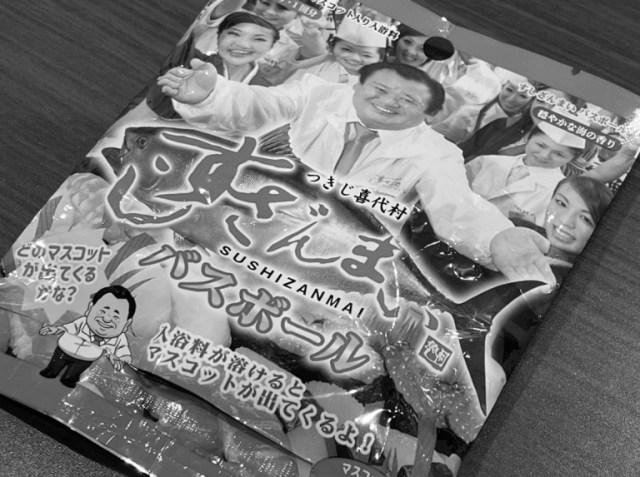
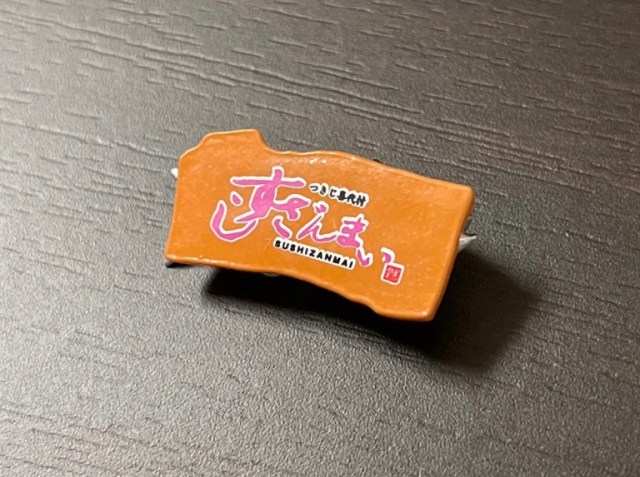


 櫻華 (@hndsgr)
櫻華 (@hndsgr)  (@higuchimidoriko)
(@higuchimidoriko)  オカモトラボ@デザフェス両日H-80 (@oka6)
オカモトラボ@デザフェス両日H-80 (@oka6) 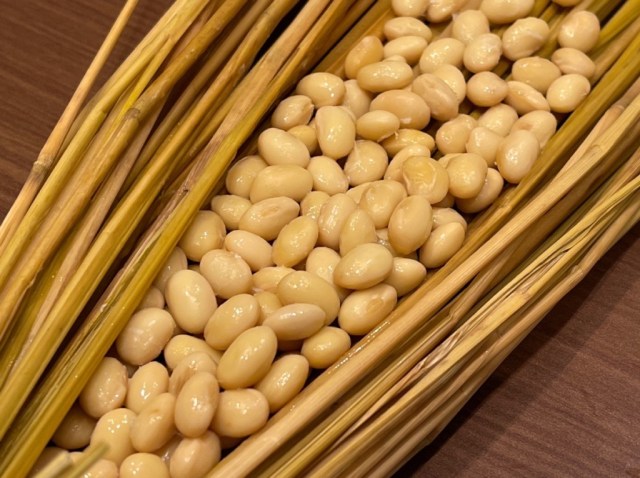
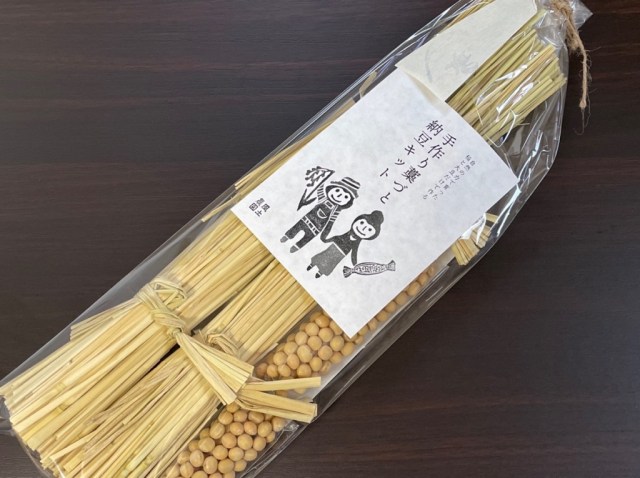
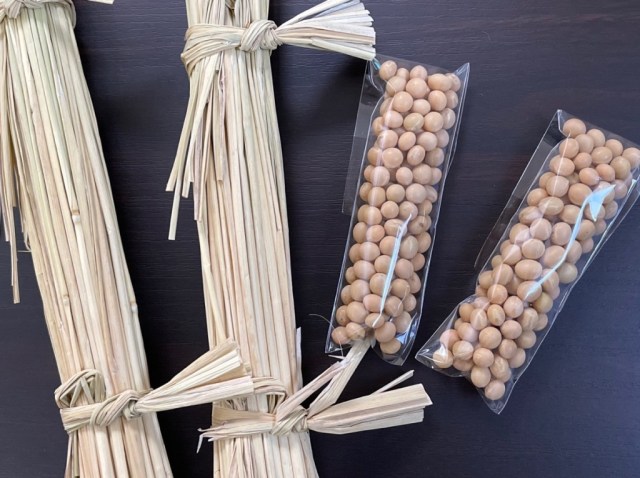
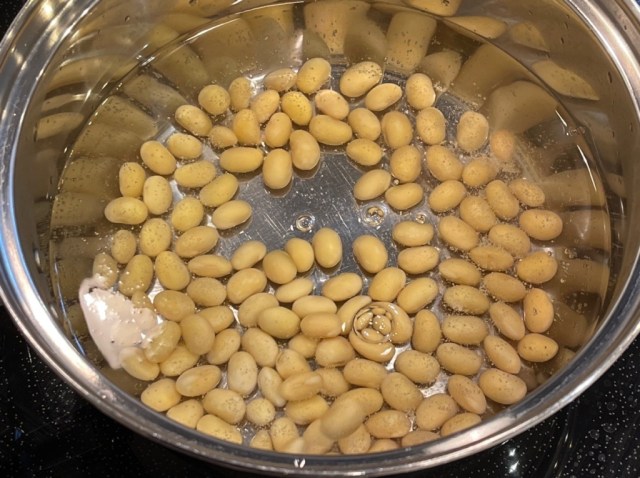

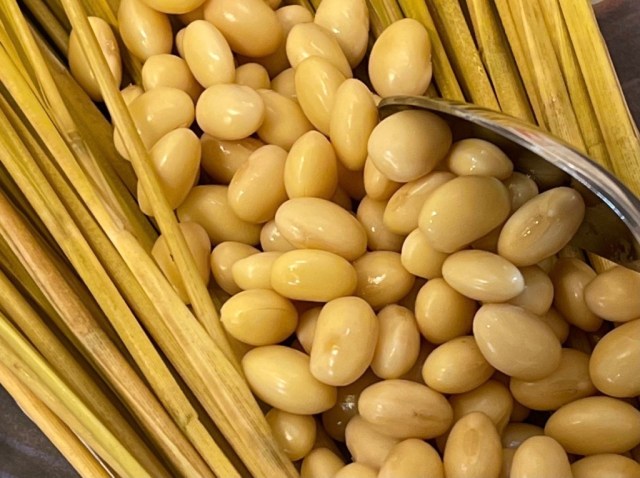
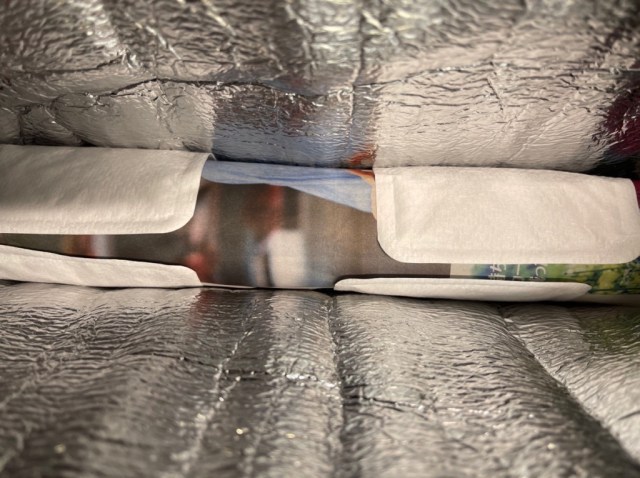
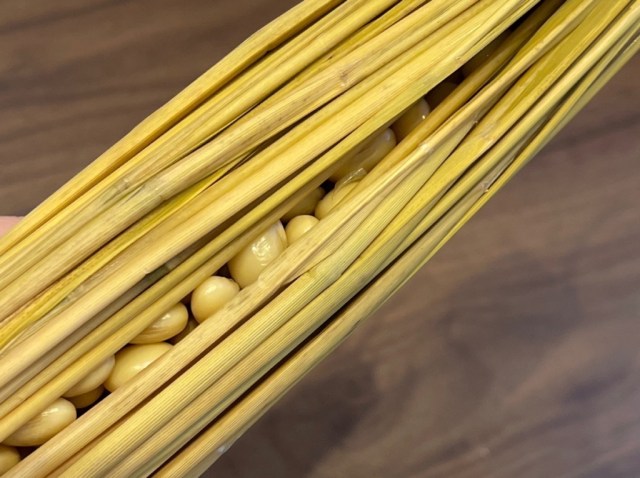
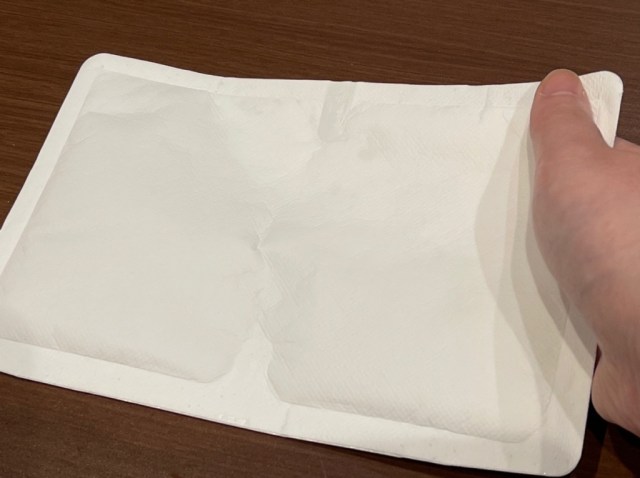

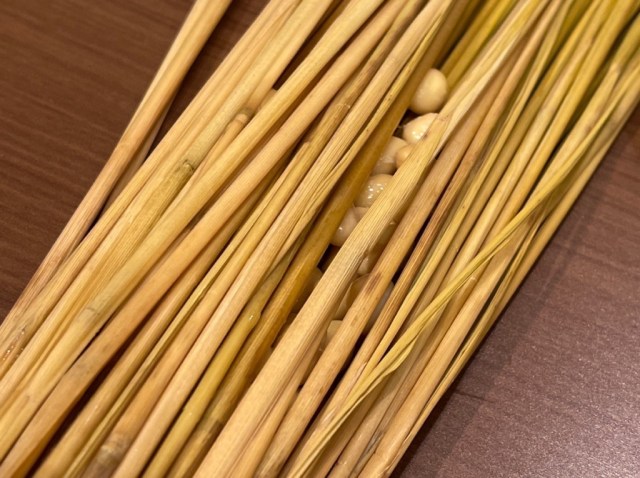


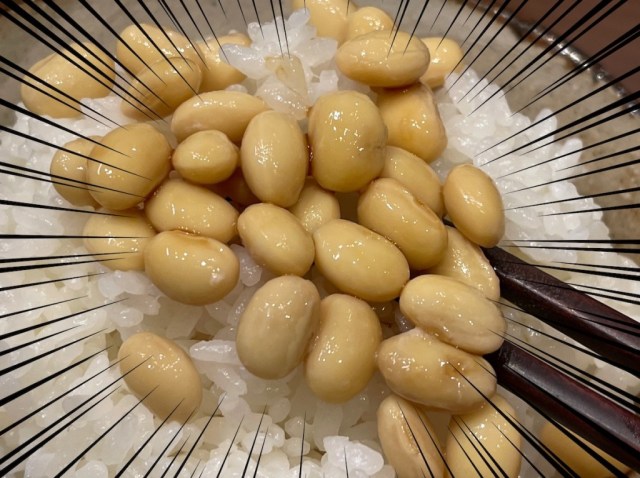
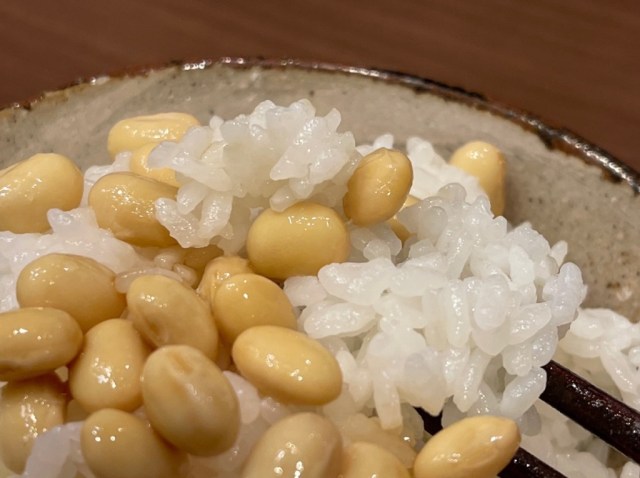
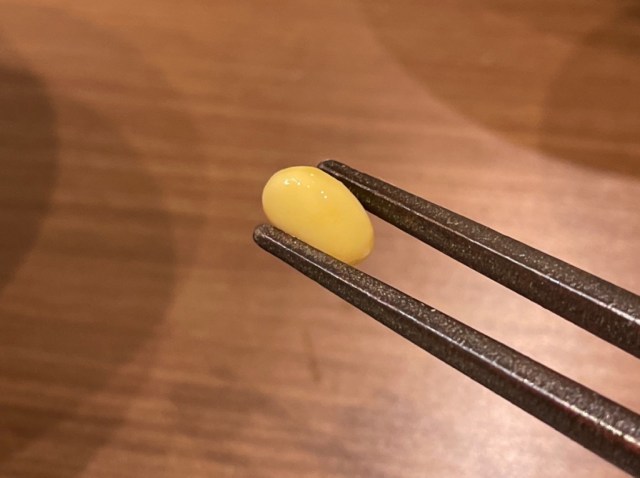
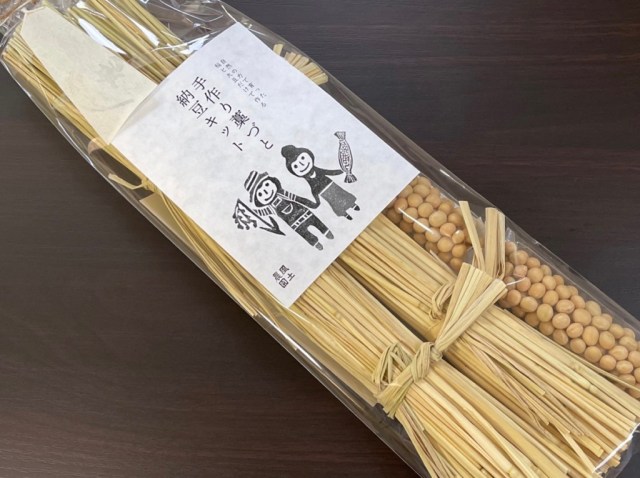
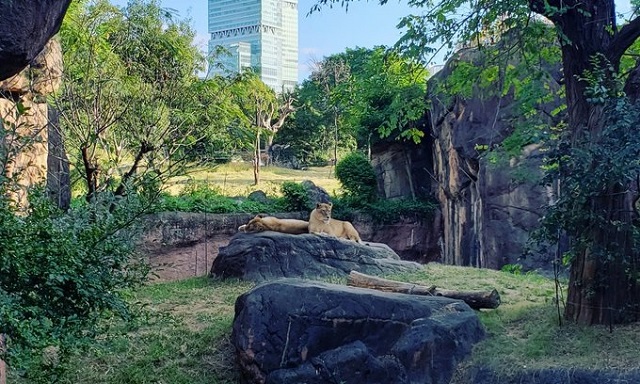

 関西弁お狐さまVtuber┊新衣装モデル制作中! (@yukiokon)
関西弁お狐さまVtuber┊新衣装モデル制作中! (@yukiokon) 